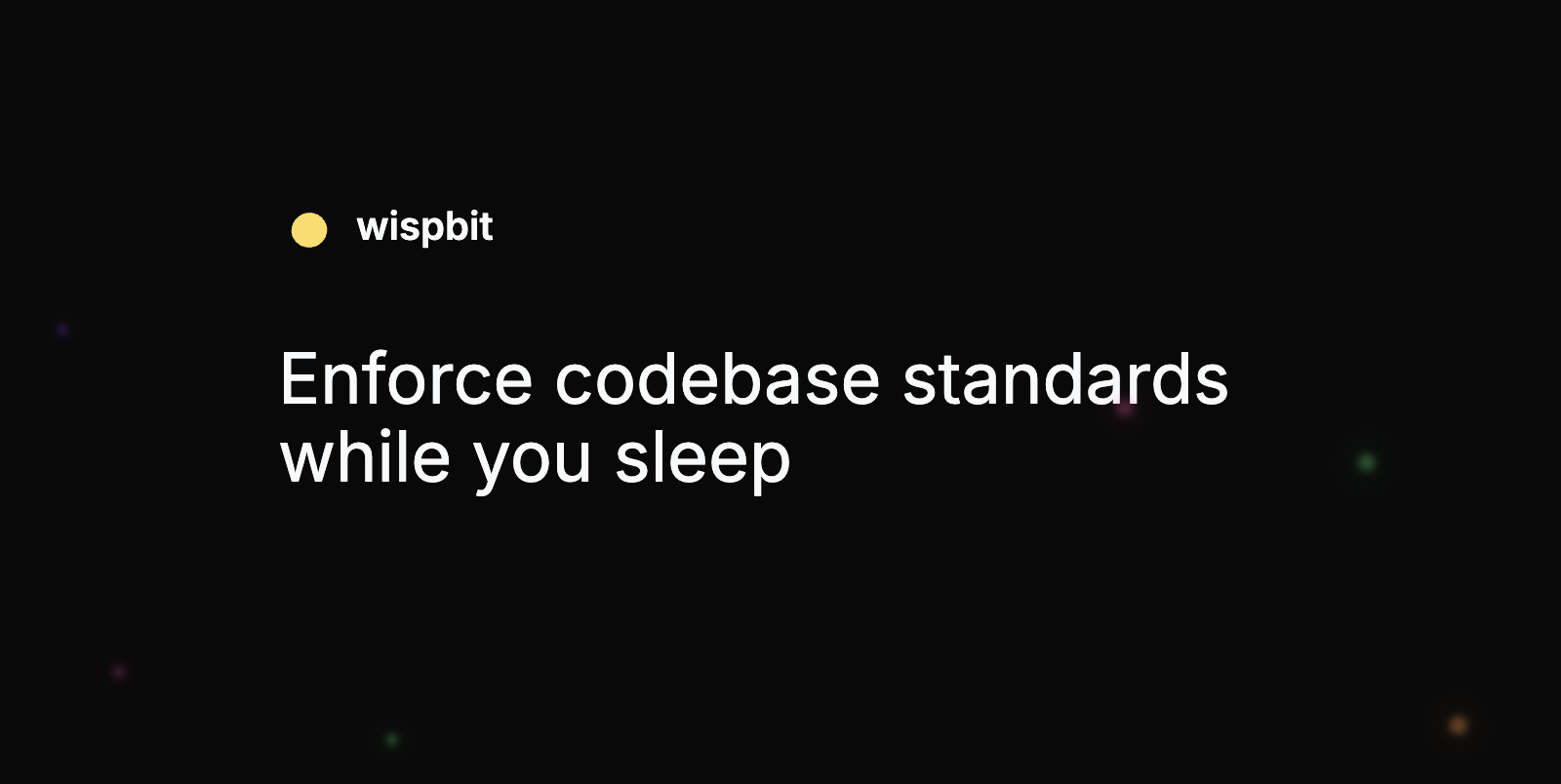DevOps Articles
Curated articles, resources, tips and trends from the DevOps World.
Virtual Kubernetes Clusters with Spectro Cloud Palette

Summary: This is a summary of an article originally published by The New Stack. Read the full original article here →
What application developers need from Kubernetes resources is pretty simple: Access to an unrestricted K8s sandbox with the same heavy-duty compute power, container network interface, (CNI), container storage interface (CSI) driver, and cloud controller manager (CCM) as their production K8s environments The freedom to deploy what they want, when they want, without waiting for approvals and fulfillment of internal provisioning tickets. Dedicated clusters, kind clusters and namespaces are each imperfect answers (as we’ll see in a moment), but there is now a fourth way!
One might deploy the foundational services only once on the Kubernetes host cluster and map them into each Kubernetes virtual cluster.
The outcomes you’ll see from using Nested Clusters are wide-ranging: Improve utilization: Kubernetes Nested Clusters enable your platform team to pack numerous virtual Kubernetes clusters onto a single host cluster.
Choice and flexibility: Palette Nested Clusters work with host clusters including distributions such as our own Palette eXtended Kubernetes (PXK), AKS/EKS/GKE, VMware Tanzu, Rancher RKE1/RKE2, and Google Anthos.
Product
Useful Links
Made with pure grit © 2025 Jetpack Labs Inc. All rights reserved. www.jetpacklabs.com





